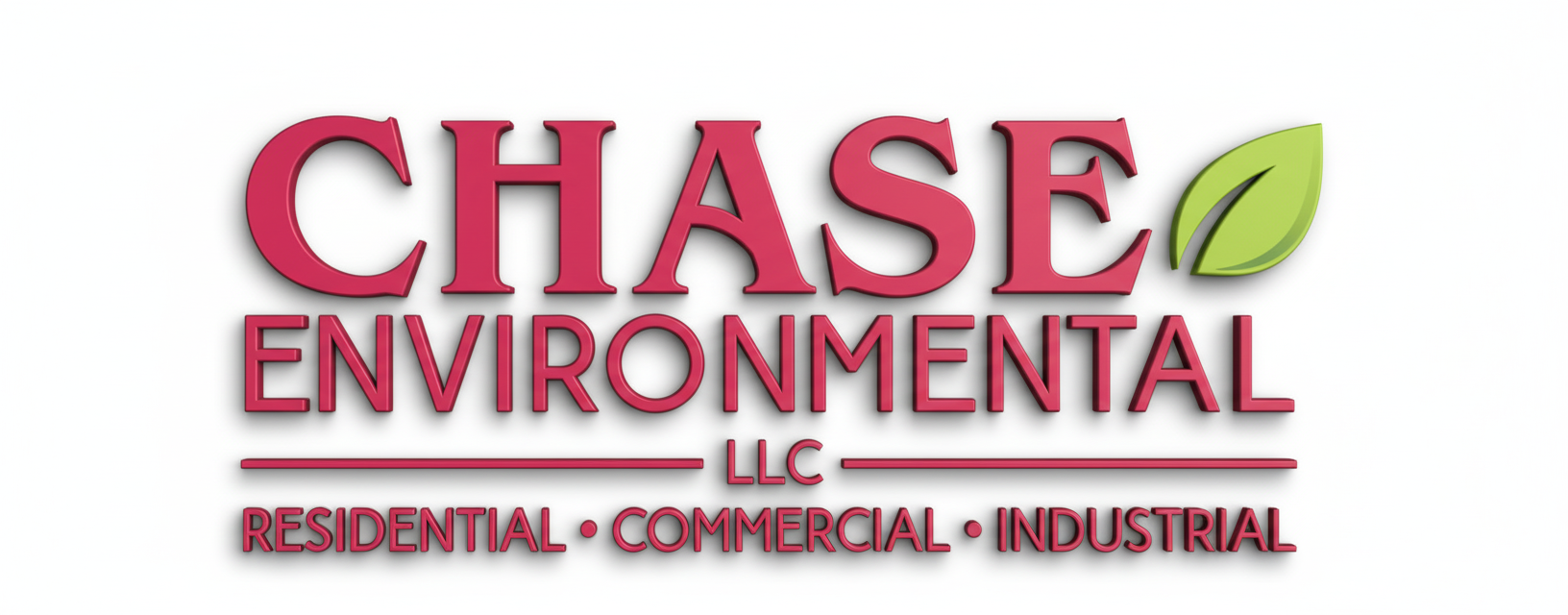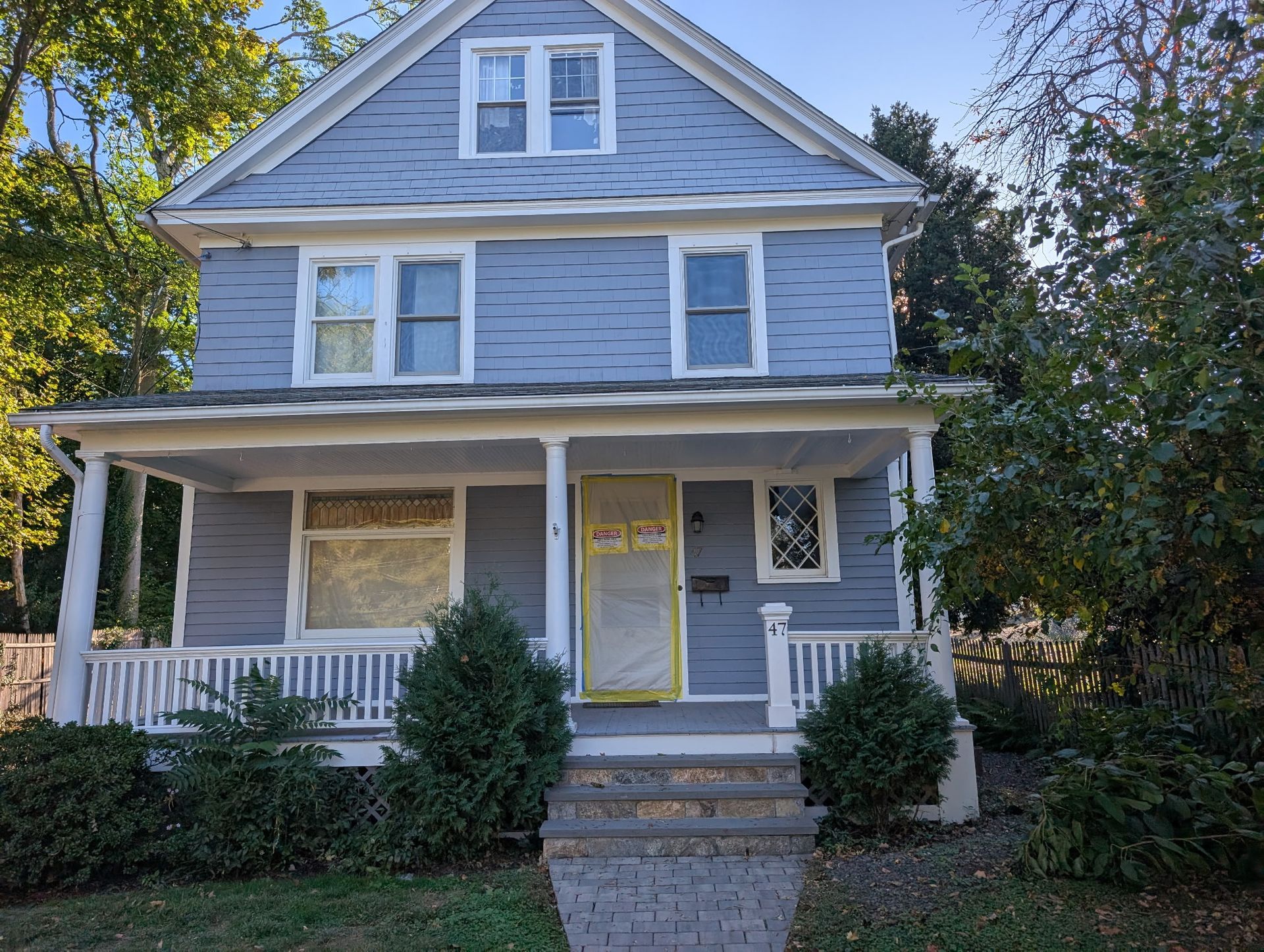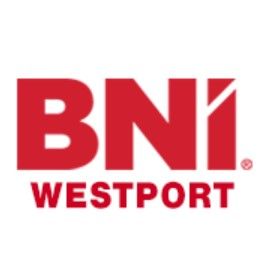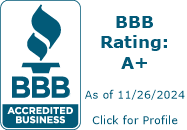#AsbestosSafety #OSHAStandards #ConstructionSafety
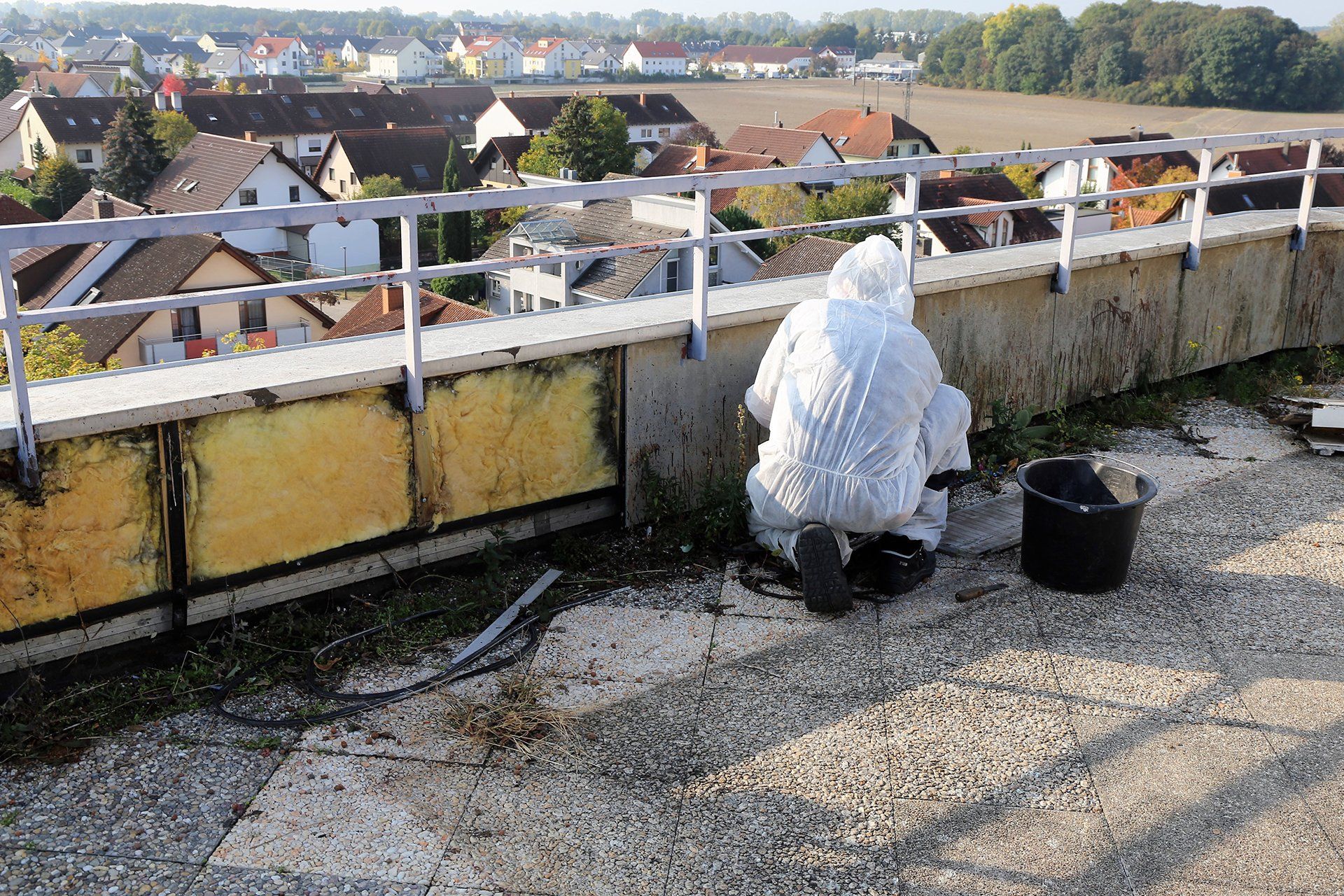
OSHA's new Asbestos Standard for Construction (29 CFR 1926.1101)
The Occupational Safety and Health Administration (OSHA) has recently implemented significant changes to the Asbestos Standard for Construction (29 CFR 1926.1101). This blog post aims to provide a comprehensive overview of the key modifications, focusing on crucial aspects such as the Permissible Exposure Limit (PEL), duties of building/facility owners, competent person responsibilities, exposure monitoring, and control measures.
### Understanding the Asbestos Standard Changes
#### 1. **Permissible Exposure Limit (PEL):**
- The time-weighted average PEL has been reduced to 0.1 fibers per cubic centimeter.
- The Excursion Limit remains at 1.0 fibers per cubic centimeter averaged over 30 minutes.
#### 2. **Duties of Building/Facility Owners:**
- Building owners now have specific information conveying and retention duties.
- Materials like TSI and surfacing materials in buildings constructed before 1980 are presumed asbestos-containing unless proven otherwise.
*Notification Requirements:*
- Building owners must identify and notify prospective employers, employees, and tenants about the presence of asbestos-containing materials.
#### 3. **Competent Person Responsibilities:**
- A competent person is required for all covered worksites.
- Duties include setting up regulated areas, supervising exposure monitoring, and ensuring compliance with safety measures.
*Training:*
- Class I and II asbestos work require comprehensive training for the competent person, meeting EPA standards.
#### 4. **Exposure Monitoring:**
- Initial exposure assessments are crucial, and employers must make a "negative exposure assessment" if exposures are consistently below PELs.
- Periodic monitoring is mandatory for Class I and II operations.
#### 5. **Methods of Compliance:**
- Vacuum cleaners with HEPA filters, wet methods, and prompt clean-up are universal controls.
- Specific controls are outlined for different asbestos work classes, emphasizing local exhaust ventilation and enclosure.
*Note:*
- Certain practices like high-speed abrasive disc saws without proper ventilation are prohibited.
### Ensuring Compliance and Safety
Complying with the updated Asbestos Standard requires a thorough understanding of the changes and diligent implementation of control measures. Building owners, employers, and competent persons play pivotal roles in maintaining a safe working environment.
Explore the significant changes in OSHA's new Asbestos Standard for Construction (29 CFR 1926.1101). Understand the updated PEL, duties of building owners, competent person responsibilities, exposure monitoring, and compliance methods.
#AsbestosSafety #OSHAStandards #ConstructionSafety #WorkplaceHealth #PEL #AsbestosWork #OccupationalSafety #ComplianceMatters #BuildingOwners #CompetentPerson


